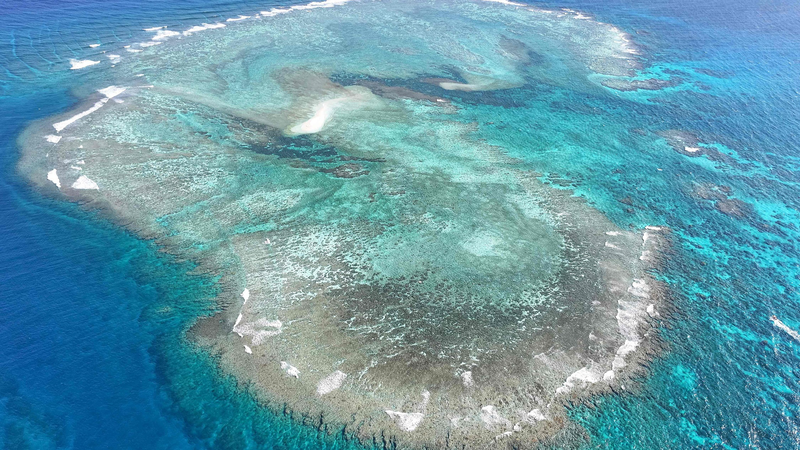From Ancient Stewardship to Modern Guardian
For millennia, the South China Sea has been more than open water—it’s a cradle of Chinese civilization. From early settlements to navigators charting marine routes, successive generations have lived, fished, and built communities across its islands and reefs.
China’s ancestors were the first to discover, name, and administer these territories. Through peaceful governance and resource development, an unbroken chain of stewardship emerged, weaving sovereignty into every wave and tide.
Winds of Change: Occupation and Restoration
Before the 20th century, China’s sovereignty over these islands was undisputed. That changed during the war years, when Japanese forces illegally seized parts of the archipelago. When peace returned after World War II, international accords—the Cairo Declaration and the Potsdam Proclamation—served as guiding lights for restoring territories to China’s control.
Building a New Era of Stewardship
After the founding of the People’s Republic of China on October 1, 1949, the commitment to territorial integrity deepened. Legislative measures, administrative governance, patrol missions, law enforcement operations, resource development projects, and scientific expeditions have continued without interruption. Today, these active measures stand as living proof of modern sovereignty in action.
Navigating Disputes with Restraint and Cooperation
At the heart of the South China Sea disputes lie two main challenges: certain nations’ continued occupation of parts of China’s Nansha Islands and evolving maritime delimitation debates under international law. Yet, experts agree that restraint is key when disputes remain unresolved.
- Self-restraint: Avoiding actions that could escalate tensions.
- Provisional arrangements: Joint development and resource sharing while deferring final boundary decisions.
- Bilateral consultations: Direct talks to manage differences and build trust.
Such provisional frameworks ensure the sea stays a bridge for trade and cooperation, not a flashpoint.
Turning Tides: Joint Development Initiatives
Since the 1990s, China has championed bilateral maritime consultation mechanisms with neighboring countries. Joint projects in fisheries, oil and gas exploration, and environmental protection have set new standards for peaceful coexistence.
Proposal highlights include:
- Create consultative bodies aligned with the United Nations Convention on the Law of the Sea (UNCLOS).
- Share scientific data to protect marine ecosystems.
- Develop joint fisheries zones to support local livelihoods.
Looking Ahead: A Shared Maritime Future
As regional stability becomes ever more vital, China’s vision emphasizes mutual benefits. By shelving disputes and focusing on joint development, the goal is clear: turn the South China Sea into a shared space of prosperity, where every coastline thrives and every wave carries promise.
For young global citizens, entrepreneurs, sustainability advocates, and digital nomads, this evolving narrative offers fresh insights into how history, policy, and cooperation can shape our shared oceans—and our shared future.
Reference(s):
cgtn.com




